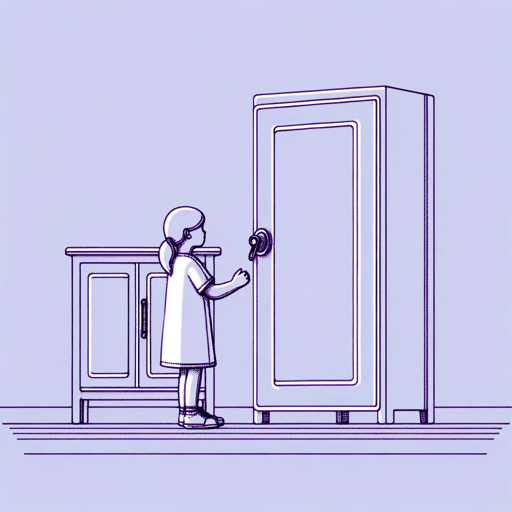39 pages • 1 hour read
Sherry TurkleAlone Together: Why We Expect More from Technology and Less From Each Other
Nonfiction | Book | Adult | Published in 2011A modern alternative to SparkNotes and CliffsNotes, SuperSummary offers high-quality Study Guides with detailed chapter summaries and analysis of major themes, characters, and more.
Chapters 4-5Chapter Summaries & Analyses
Chapter 4 Summary: “Enchantment”
My Real Baby is released in 2000. It is a slightly more advanced sociable robot. It matures and becomes more independent, and its personality is shaped by how it is treated.
Turkle traces “an emerging mythology [that] depicts benevolent robots” (68) from WALL-E to R2D2 in the Star Wars movies. She studies interactions between My Real Baby and children ages 5 to 14. They see robots in this positive light, wondering if robots might be caretakers for them someday. This is an especially common idea in those with absent parents. But precocious Kevin, age 12, asks, “‘If robots don’t feel pain, how could they comfort you?’” (69).
A group of fifth graders debates the pros and cons of robot babysitters: while they might be more efficient, they can also break down like any other machine.
Turkle finds overall that children are more behaviorist when it comes to considering robots. For example, it matters more to them that a robot behaves “as if” it has empathy and not that it really does. This is more pragmatic than Romantic. Turkle does not share this view.
Turkle then questions a number of children about whether they think a robot companion might be good for their grandparents.
Related Titles
By Sherry Turkle



